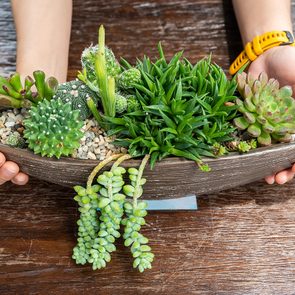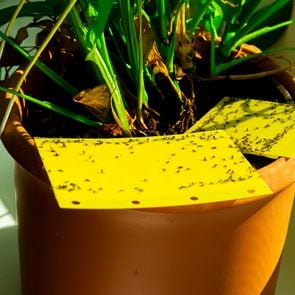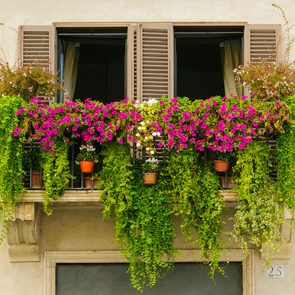How I Flex My Green Thumb All Winter Long
This Ontario man has discovered an ingenious way to enjoy lush greenery throughout the year.
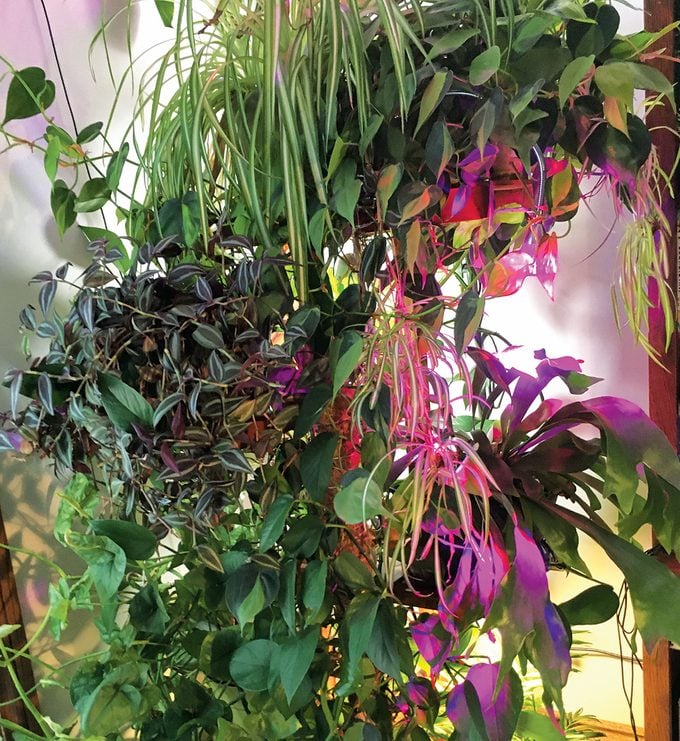
During the seemingly unending months of snow, ice and scarce light, for many of us gardening is out of the question. Of course, you can fill your time with wintry activities, but what if you crave seeing the green, breathing organisms of the plant kingdom?
Indoor plants are the solution. They provide numerous scientifically proven psychological and environmental benefits, from reducing stress to improving air quality. There is, though, a lesser-known fact about indoor plants. They become you. Or some of you, chemically speaking. The carbon dioxide in your house largely comes not from the atmosphere but from yourself, family and pets, especially in winter when windows and doors remain closed and less external air circulates.
Your body uses oxygen from the air that you breathe to burn calories and produce the energy needed to live. The waste product of your metabolism’s respiration, carbon dioxide, is then used by plants’ photosynthesis to produce sugars, other organic molecules and construct their tissues. Plants then release oxygen that you breathe, completing a cycle. Cool, eh?
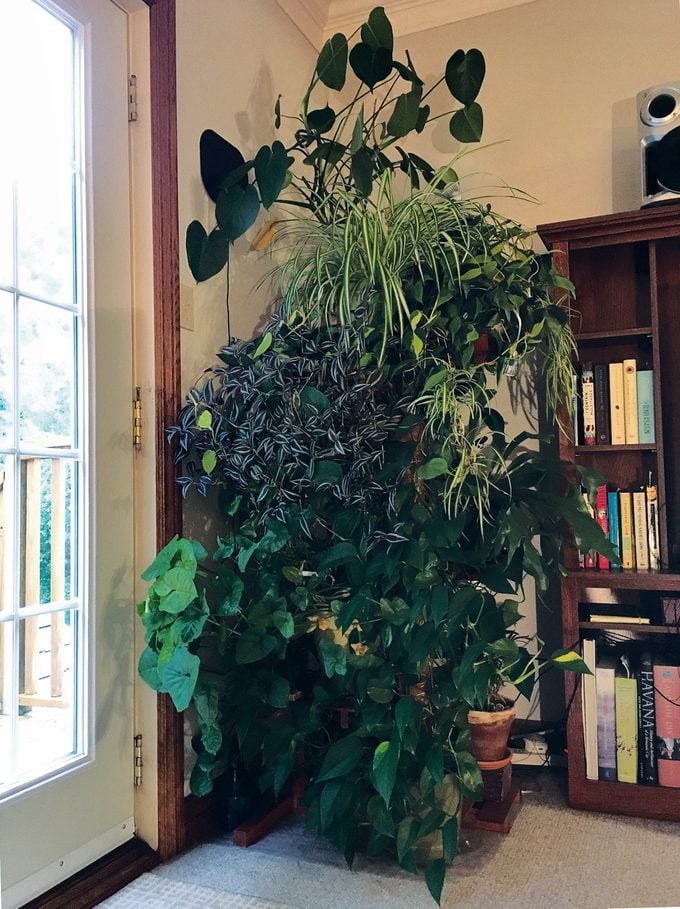
Caring for Houseplants in Winter
Growing indoor plants, however, is not always an easy enterprise, particularly if not much light is available. Coming from my native Cuba, where the absolute minimum temperature during the year very rarely drops under 15°C, I used to enjoy—and take for granted—the greenery of the vegetative world.
Hence, after a few winters in Ontario without my green friends, I undertook the growing of indoor plants. Not an easy task, because my house has no south-facing windows and the thick canopies of tall silver maples hug the east and west-facing windows. As you would expect, my first attempts were disastrous, even with plants known to tolerate low light conditions. A dieffenbachia and a peace lily continuously shrank for months until I had to put them out of their misery.
Although various pothos, spider and butterfly plants did not perish, they remained stagnant. Then I decided to take matters to a new level, literally.
I built a wooden multilevel stand which, when placed near the deck door, enables indirect natural light. Then I furnished the tower with additional lighting provided by a tall lamp equipped with a 100-watt equivalent LED bulb, a 60 watt-equivalent ceiling LED light and two plant growing lights that produce only the wavelengths plants used for photosynthesis. It is run by a timer, set to provide five hours of light per day, including two 30-minute breaks.
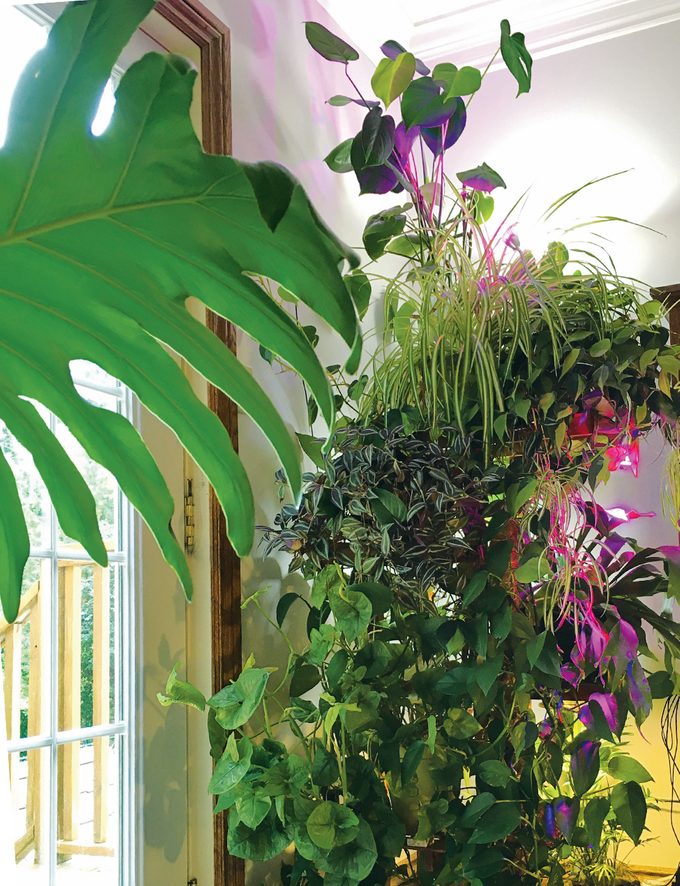
Growing Up
In addition to the previous plants, I populated the vertical garden with wandering yew, monstera, a staghorn fern, a parlour palm and another variety of pothos. A coffee plant lives there in winter but has the privilege of moving to the deck in summer.
All this grows fantastically well in four square-feet of floor area. So there you go, do not let winter deter you from growing plants. They lighten your dark days, and a little bit of you will be growing in them!
Next, check out 10 hardy indoor plants you (probably) can’t kill.
